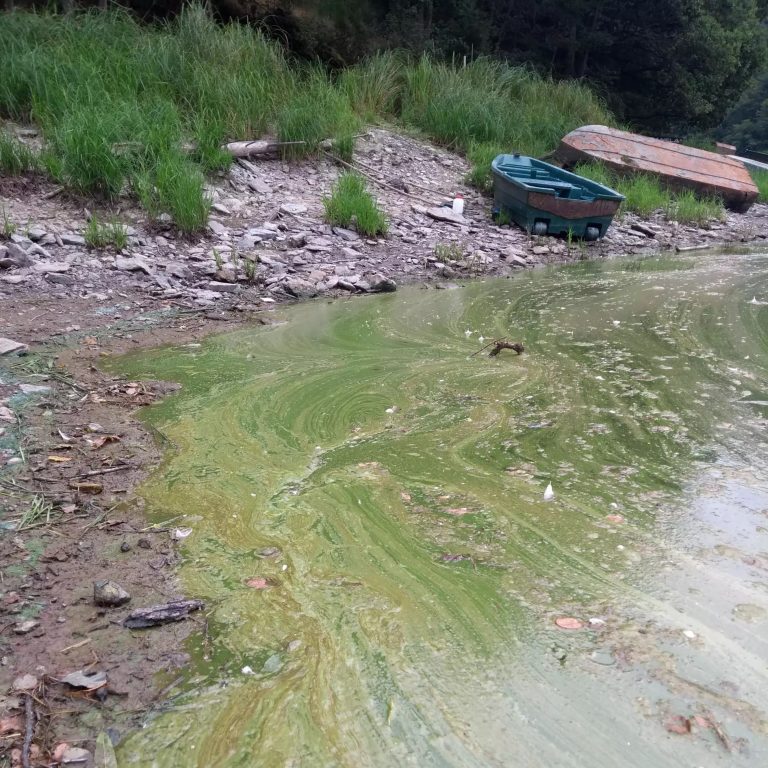INVESTIGATING WATER QUALITY – Mini Case Study for Climate Detectives
The mini case studies for Climate Detectives are intended to help teachers to identify the topic that their Climate Detectives team will investigate and to guide them during the different phases of the project. In the template, teachers will find some suggestions of data that students can collect and analyse. The suggestions are not exhaustive, and the teachers may decide on their own specific focus within a given research area. The mini case study should be used in conjunction with the teacher guide and not as a standalone document.
This case study is dedicated to the topic of Water Quality and students will investigate how climate change may impact water quality regarding cyanobacteria in lakes. This mini case study is an ESA Education production in collaboration with ESERO Luxembourg.
Subject Biology, Science
- Be able to work scientifically by collecting and analysing data, making careful observations, looking for patterns and relationships
- Recognise some of the impact of climate change in water resources
- Identify Cyanobacteria as bacteria that obtain energy via photosynthesis
- Understand how Earth observation satellites can be used to monitor Water Quality
Did you know?
Cyanobacteria are bacteria that obtain energy via photosynthesis. They absorb light using phycobilin pigments (photosynthetic pigments), which give them their unique blue-green colour, to convert carbon dioxide and water into oxygen and glucose. Cyanobacteria converted the early Earth’s oxygen-poor atmosphere to the oxygen-rich atmosphere of today. The name cyanobacteria refer to their colour (from Ancient Greek κυανός (kuanós) meaning ‘blue’), giving them their other name, “blue-green algae”. Cyanobacteria can be seen and monitored by satellites from space.

Biodiversity and Habitat Loss
Brief description In this set of three activities, students will start with a reading assignment that introduces vocabulary and ideas...
Highways of the Oceans – Sea currents and the connection to climate
Brief description In this set of three activities, students will use an multimedia module to learn about sea currents, the...
Taking the Pulse of the Planet- Upper secondary
Brief description In this set of three activities, students will learn about how data is collected by sensors and how...
The greenhouse effect and its consequences – Investigating global warming
Brief description In this set of three activities, students will do hands-on experiments and learn how to interpret satellite images...
Infrared Webcam Hack – Using infrared light to observe the world in a new way
Brief description This set of three activities will enable students to understand the electromagnetic spectrum and observe infrared radiation through...


